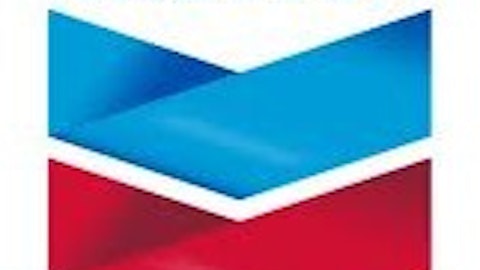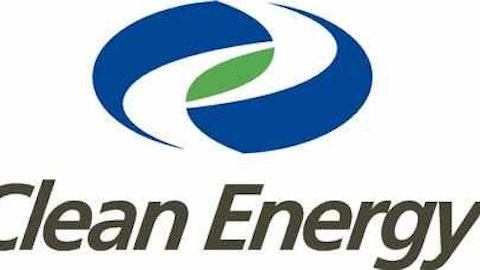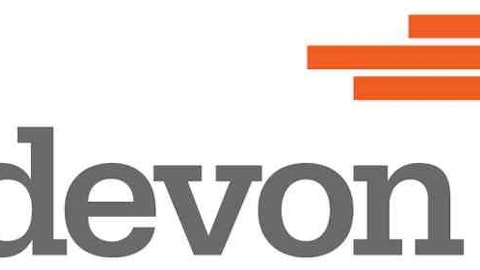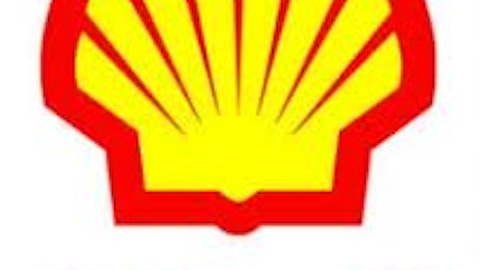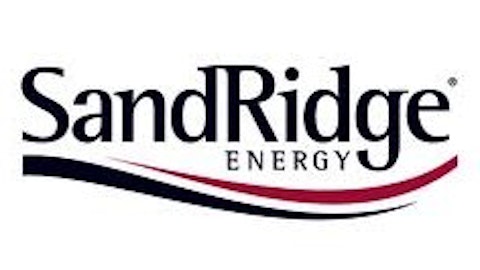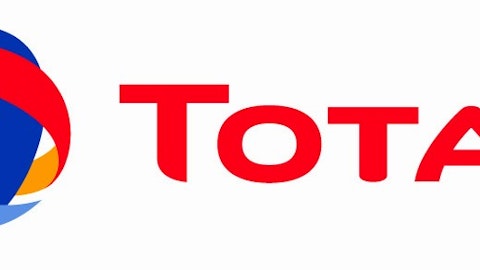
Photo credit: ConocoPhillips (NYSE:COP)
Despite some fairly large onshore acquisitions over the past few years, big oil has largely remained on the sidelines when it comes to the shale oil and gas boom. When investors talk about the Bakken or the Eagle Ford, the names near the top of the list are not Exxon Mobil Corporation (NYSE:XOM) or Chevron Corporation (NYSE:CVX). Instead, it’s the smaller independent producers like Continental Resources, Inc. (NYSE:CLR) and EOG Resources Inc (NYSE:EOG) that are using those plays to deliver unbelievable production growth.
At first glance the production growth numbers are quite startling. Exxon Mobil Corporation (NYSE:XOM), for example has struggled to even grow its production at all. It has used massive share buybacks in order to grow production per share; however, overall production has been growing by a rather anemic 1% annually. Contrast this with Continental Resources, Inc. (NYSE:CLR), which is planning to grow its production by 38%-40% this year alone. Meanwhile, EOG Resources Inc (NYSE:EOG) is expected to deliver best-in-class crude oil growth through 2017, which is on top of the 38% compound annual growth rate it has seen over the past seven years. Clearly, the shale revolution is really having an effect for these two companies.
However, and this is important to see, these companies are growing off of a very low base, which means that the shale plays are able to make an impact. For example, Continental Resources, Inc. (NYSE:CLR)’s production last quarter was just 140,000 barrels of oil equivalent per day while EOG Resources Inc (NYSE:EOG)’s daily production was 214,400 barrels of oil equivalent per day. Exxon Mobil Corporation (NYSE:XOM)’s oil equivalent production, while declining 1.9% on the quarter, was still more than 4 million barrels of oil per day. Meanwhile, Chevron Corporation (NYSE:CVX) averaged 2.58 million barrels of oil equivalent production per day last quarter. The problem is that both companies have run into the law of large numbers, making it much harder to grow production.
It is also much harder for these two companies to grow by way of onshore shale assets. For example, it would take Exxon Mobil Corporation (NYSE:XOM) the equivalent of the production of 5,000 onshore wells just to equal the production of one deepwater well. This is because those gushers can produce upwards of 10,000-15,000 barrels of oil per day, while most shale wells just trickle out a few hundred barrels of oil per day. Again, for perspective, both EOG Resources Inc (NYSE:EOG) and Continental Resources, Inc. (NYSE:CLR) can deliver high-double-digit production growth by just drilling a few hundred onshore wells per year, even at those lower rates.
Even ConocoPhillips (NYSE:COP), which is one of the largest of the independents, hasn’t yet shed its offshore assets because that’s where the meaningful long-term production growth can be delivered. It is true that ConocoPhillips (NYSE:COP) expects double-digit production growth from its Eagle Ford and Bakken positions over the next few years. However, the company is still investing heavily in offshore areas such as the North Sea, as well as exploring the deep waters off of Angola and in the Gulf of Mexico to drive longer-term production growth. Recent discoveries in those plays suggest that its plan to invest offshore will pay off big time down the road.
The shale plays really have changed the game for U.S. oil and gas production. However, shale plays simply are not large enough to drive production growth for big oil companies because they need to grow off of a much larger base. This is why big oil, for the most part, is looking offshore to deliver production growth.
The article Why Big Oil Is Staying Offshore for Growth originally appeared on Fool.com is written by Matthew DiLallo.
Fool contributor Matt DiLallo owns shares of ConocoPhillips. The Motley Fool recommends Chevron.
Copyright © 1995 – 2013 The Motley Fool, LLC. All rights reserved. The Motley Fool has a disclosure policy.
